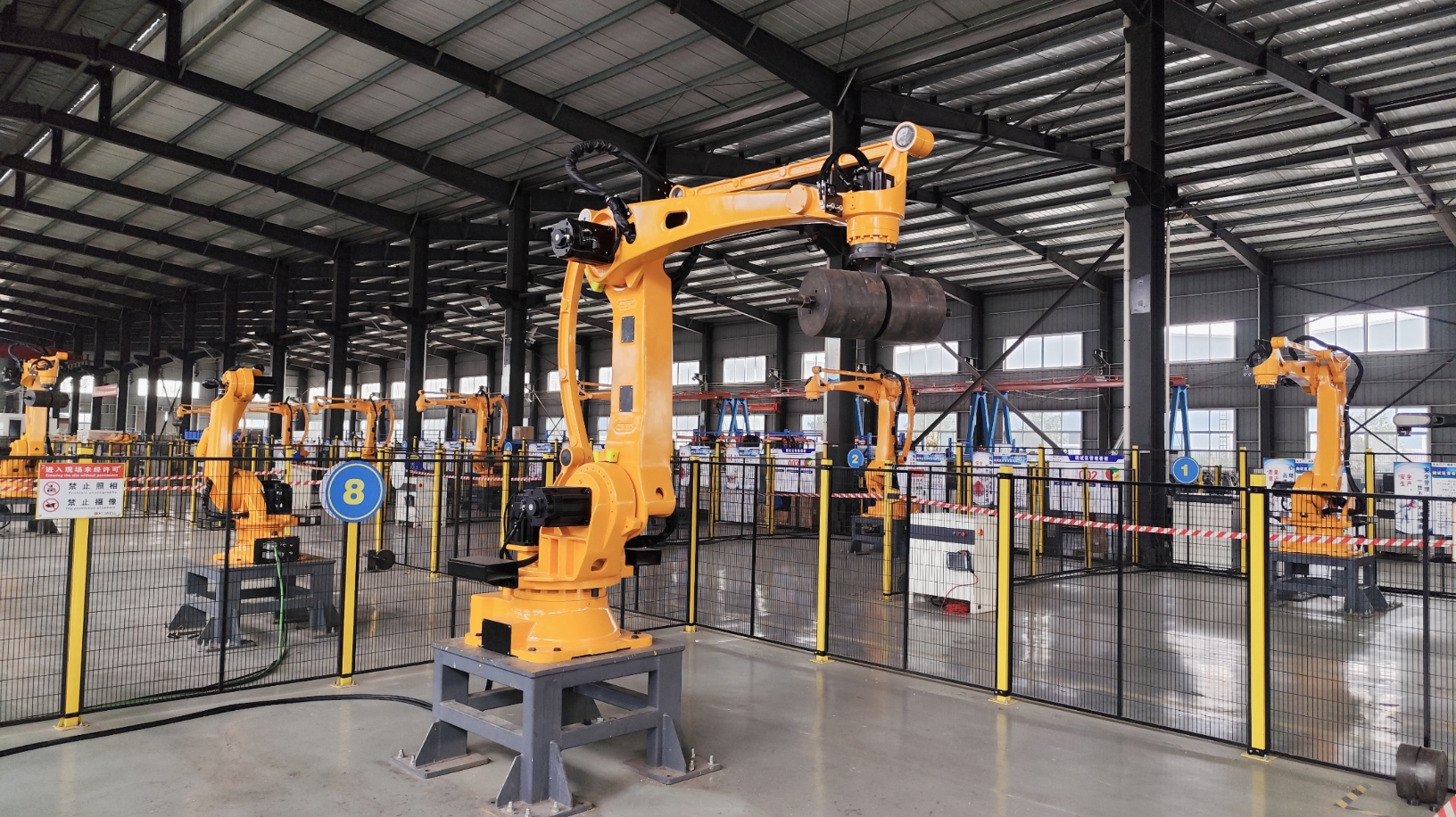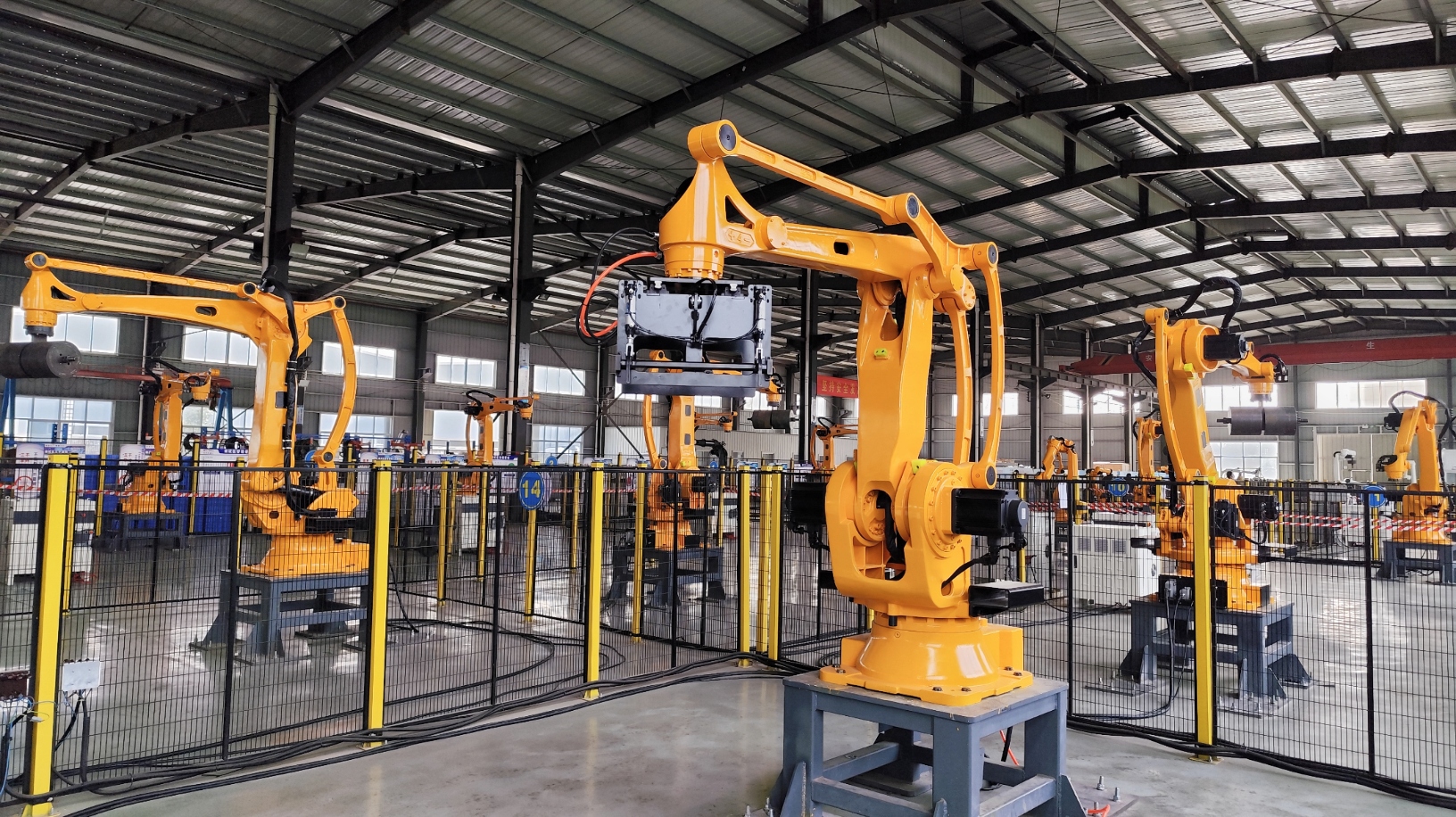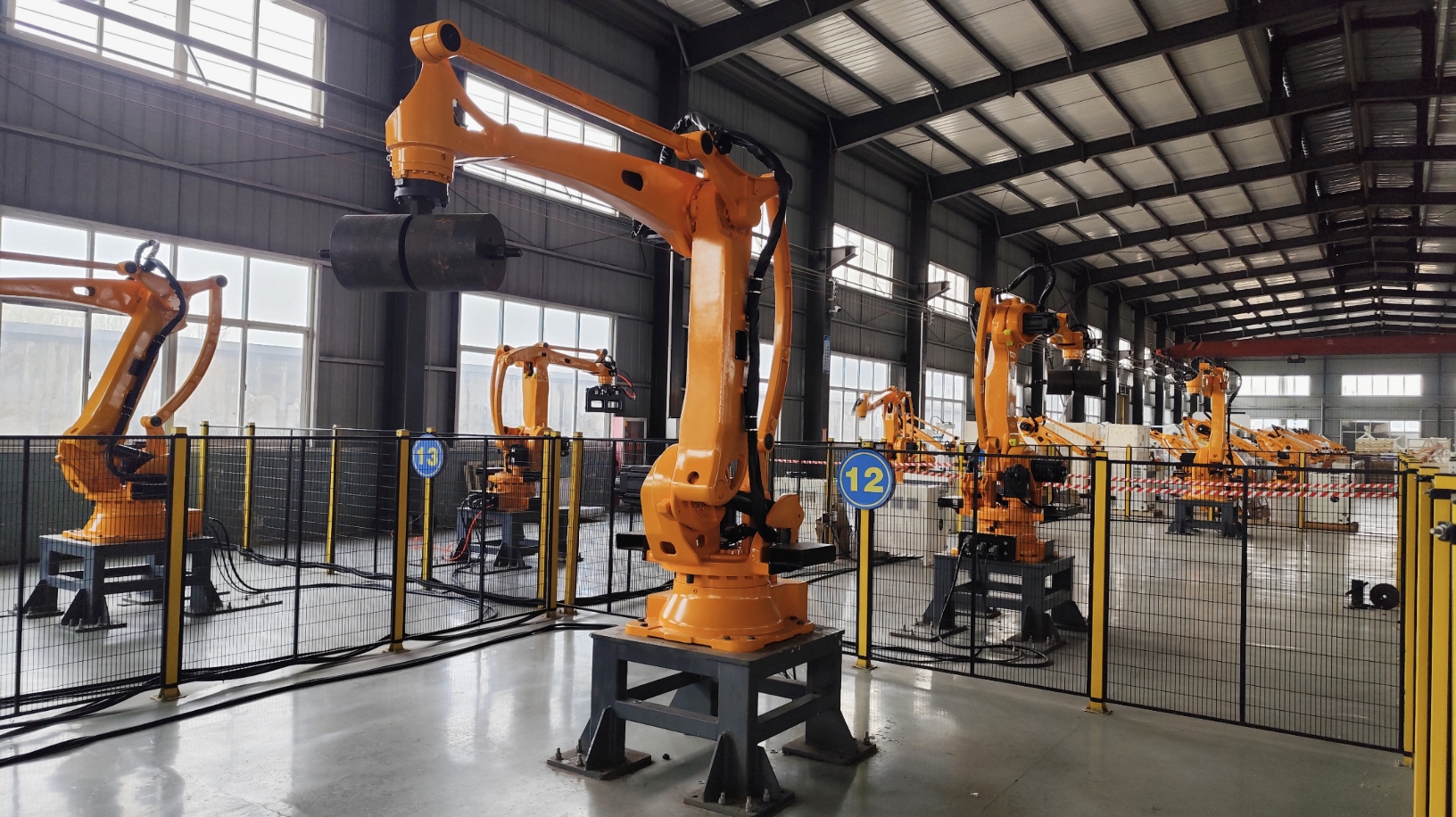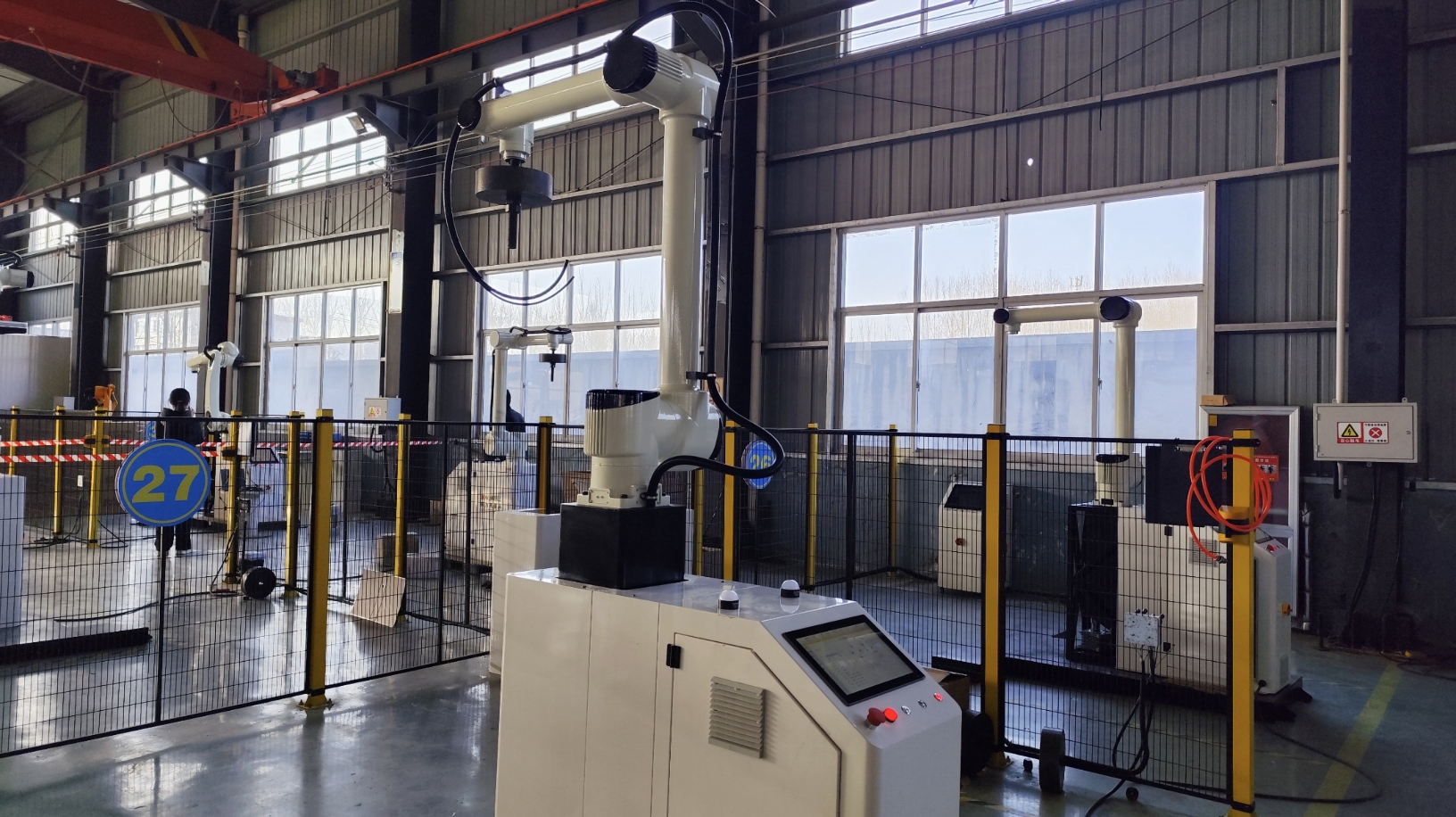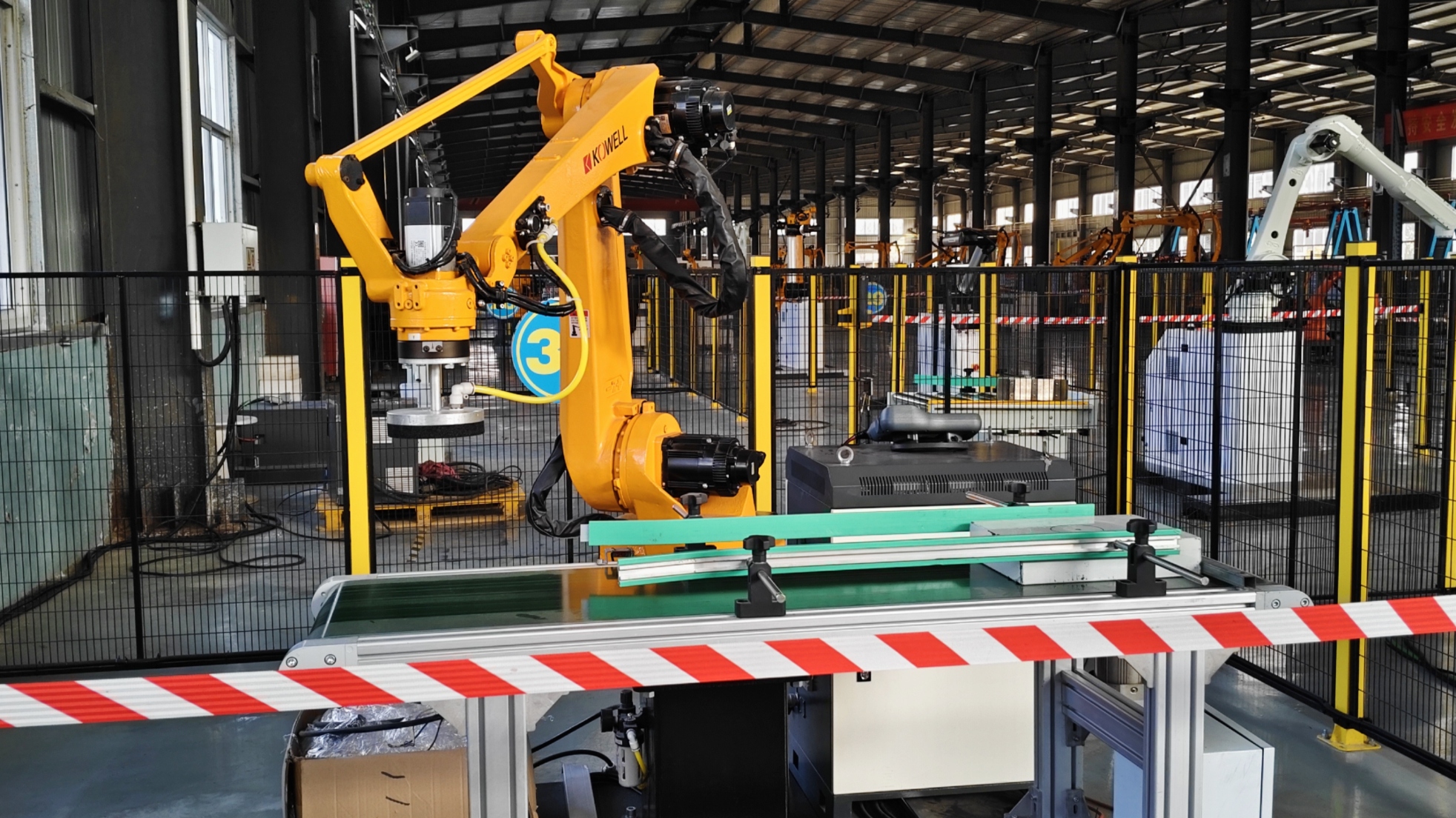With the rapid development of science and technology, the application of robotics technology in various fields has gradually deepened, especially in the manufacturing industry. As an important part of intelligent production, industrial welding robots have become an important tool for improving production efficiency, ensuring product quality, and reducing labor costs. They not only promote the innovation of industrial robot technology, but also promote the transformation and upgrading of the manufacturing industry towards intelligence, automation, and accuracy.
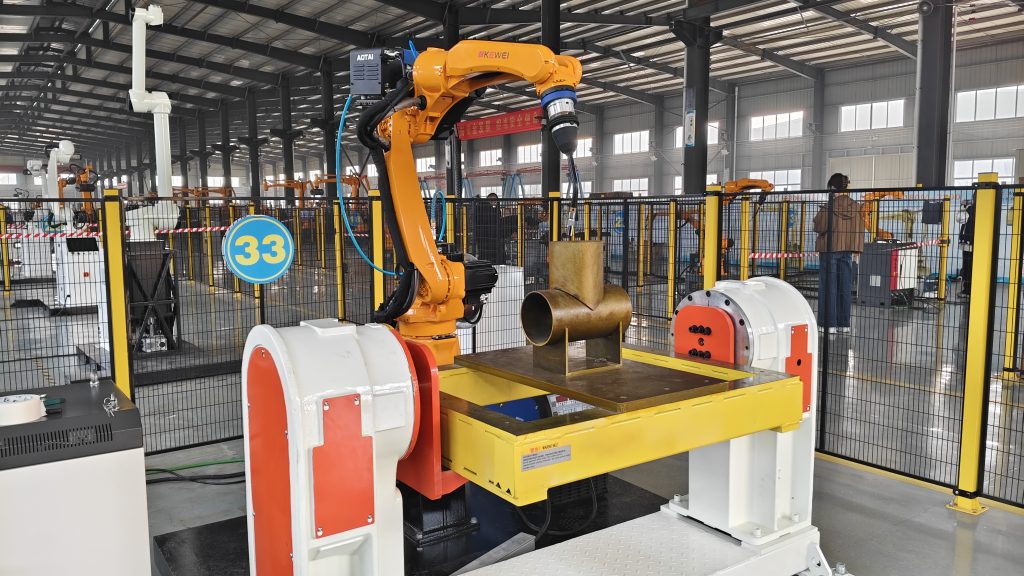
1. Definition of industrial welding robot
An industrial robot is a multi-purpose, reprogrammable automatic control manipulator with three or more programmable axes, used in the field of industrial automation. In order to adapt to different uses, the mechanical interface of the last axis of the robot is usually a connecting flange, which can be connected to different tools or end effectors.
A welding robot is an industrial robot engaged in welding. Arc welding robots usually have more than five degrees of freedom. Arc welding robots with six degrees of freedom can ensure any spatial trajectory and posture of the welding gun. A complete arc welding robot system should include a robot manipulator, a control system, a welding device, and a weldment clamping device. There are two sets of rotating worktables on the clamping device that can enter the robot's working range in turn.
2. Advantages of industrial welding robots
(1) High precision and consistency
Welding operations usually have high process requirements, which require high accuracy. Welding robots can meet this requirement through accurate programming control and will not be affected by human factors, such as errors caused by fatigue.
(2) Improve production efficiency
24-hour uninterrupted work means that it can increase the workload of the entire production line, thereby improving the production efficiency of the enterprise. At the same time, based on the characteristics of welding robot programming control, the weld can be accurately controlled, improving product quality.
(3) Reduce labor intensity
Many production workshops have health risks. Traditional welding cannot complete welding operations in harsh environments. Welding robots can work normally in harsh environments. Operators only need to monitor the welding situation in real time through sensors to achieve stable welding, which greatly liberates the labor intensity of workers and prevents the occurrence of occupational diseases.
(4) Flexibility and adaptability
Programmability means that it has flexibility and adaptability. When the work tasks change, reprogramming and adjustment can achieve rapid switching between different production tasks, reducing downtime and improving the production efficiency of the production line.
(5) Intelligent and automated control
Based on its integration with big data, AI and other technologies, intelligence and automation are synonymous with today's industrial robots. Replacing some traditional workers with them not only reduces labor costs but also improves the automation level of the entire production line.
3. Application fields of industrial welding robots
(1) Automobile manufacturing
In the automobile manufacturing process, welding technology occupies an important position, especially in the production of car bodies. At the same time, welding robots can greatly improve production efficiency and ensure large-scale, standardized production.
(2) Shipbuilding and aerospace
The shipbuilding and aerospace industries have extremely high requirements for welding technology. The welding tasks involved include welding of larger metal structures and high-strength materials. Robot welding can ensure the welding of every detail and ensure the overall quality and safety of the product.
(3) Rail transit and energy
Rail transit, energy equipment and other industries also have strict requirements on welding quality. Industrial welding robots can operate efficiently in these high-demand environments.
4. Future Outlook
With the integration of technologies such as AI, big data and 5G, industrial robot technology will flourish in the future, continue to progress in the direction of intelligence, automation, and human-machine collaboration, and will be applied to more and more industries and fields, becoming an indispensable part of the intelligent upgrading and transformation of the manufacturing industry, improving the automation level of enterprises and bringing stronger competitiveness to enterprises.
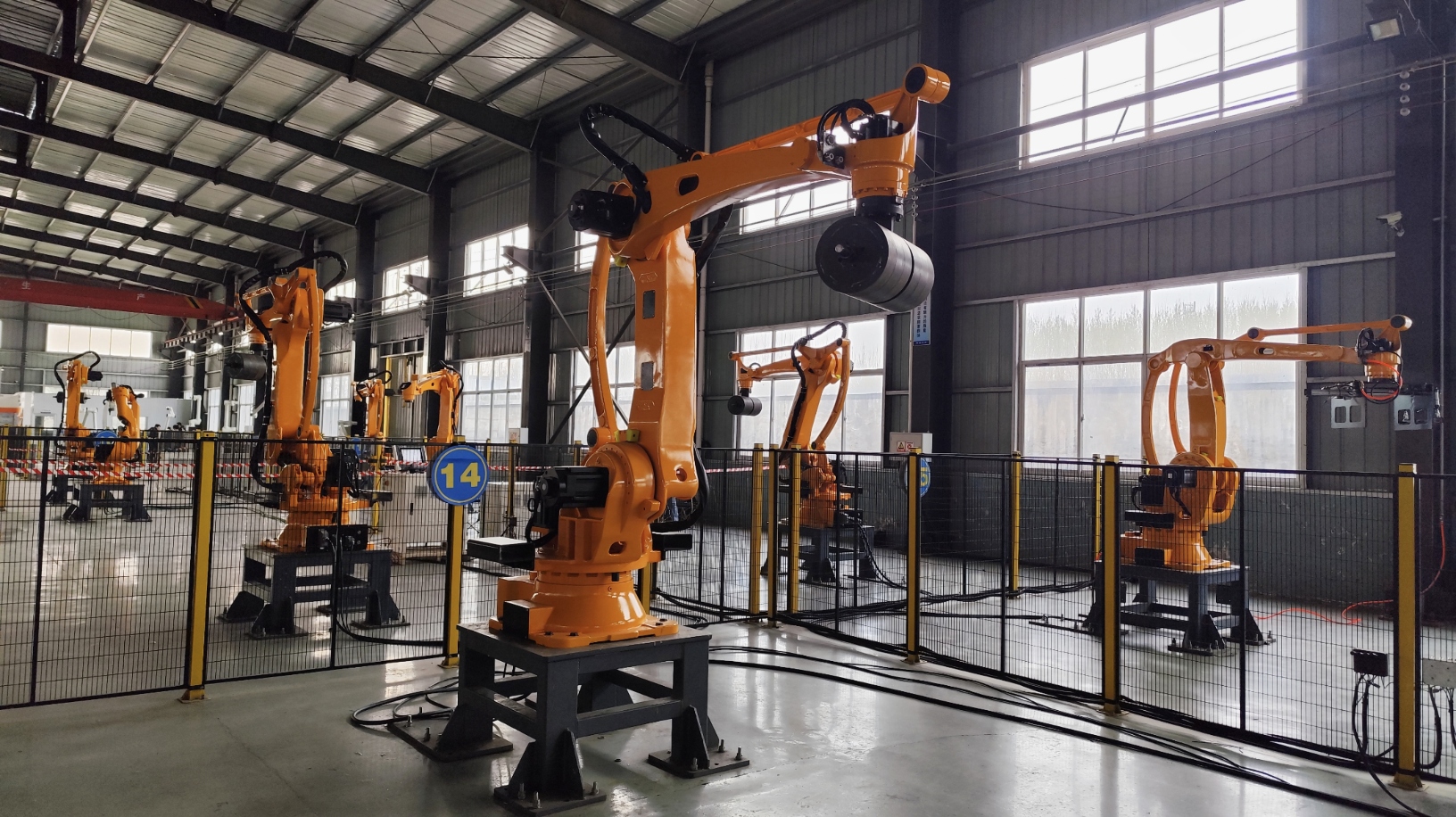
Online Consultation
Hello, the current customer service is offline. You can leave your contact information and the staff will respond to you as soon as possible!


